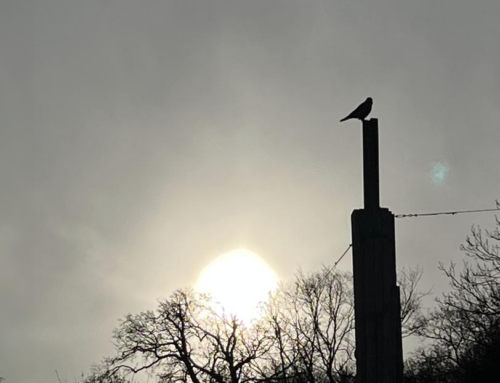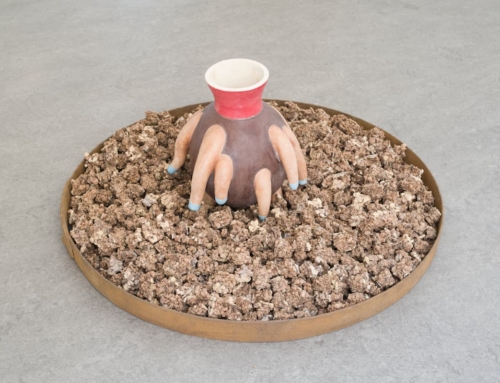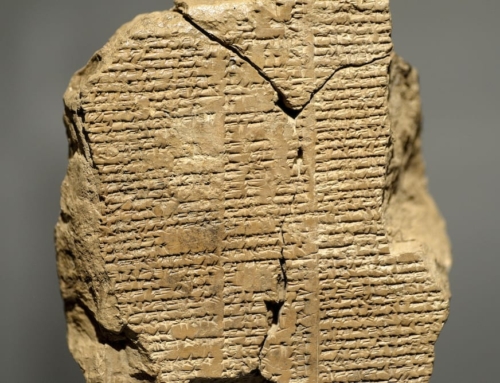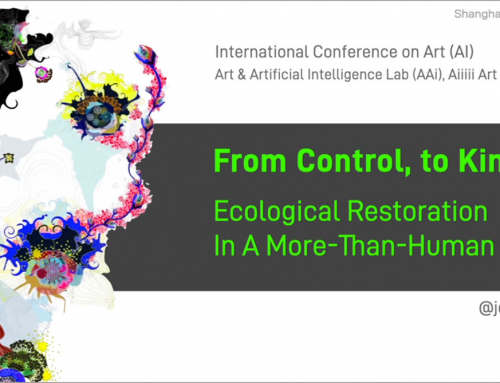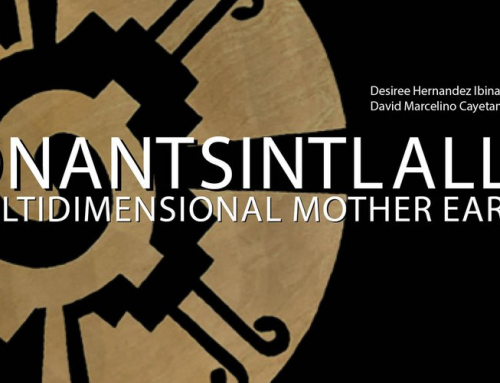When he was sixteen years old, Floor van Keulen made a wall painting in the stairwell of his mother’s beauty salon. For the next 43 years, the artist has worked with the knowledge that most of his site- and time-specific specific works are destined to disappear. Why?

2011 Wall painting Floor van Keulen (Menno Derk Doornbos / Piet Hein Heek, Eindhoven)
“When one works in a large format the framework disappears” van Keulen tells an interviewer. “When all goes well, there is a culmination of forms, and the distinction between form and content fades”.
At various times, van Keulen’s approach has been labelled as action painting, or Wild Painting. He took part in several ‘poetry explosion’ events at Amsterdam’s fabled Paradiso during the 1970s.

Floor van Keulen: 1984 Wachters Rijksmuseum Kröller-Müller, Otterloo
Later, Van Keulen experimented with video projections in theatre spaces, and onto buildings. By 2005 he was drawing directly onto buildings using intense rays of pure light. These projections were even more immaterial than a temporary wall painting.

Book: Lost Paintings
“You need a lot of practice before your hand can can cope with all those turns and subtleties” understates the artist.
At a certain moment, Van Keulen was ready to reflect on what remains from his work so far – principally, photographs and film stills. The result is a 376 page book called Lost Paintings
Two insightful texts, one by Tom Rooduijn and Annerie Smolders, the other by Rudi Fuchs, are delightfully free of art-speak. The rest of the pages are like photo-journalism applied to art: the often-grainy images are at times poignant, sometimes dramatic, but always fresh. The energy of so many different moments is almost tangible – even though the moments have passed.
…
Is there a single theme in the book? van Keulen is asked. “I have tried to understand and bring order to an unbridled stream of images” he replies – and recalls the words of of another Dutch artist, Cor Blok: “art has the primary function of a eureka moment”.
Such moments may be fleeting, but they can nonetheless endure. I’m reminded of David Mamet’s words in Three Uses of the Knife: On the Nature and Purpose of Drama: “the good play will not concern itself with cares that can be dealt with rationally”.

Floor van Keulen: 1976, Maakt wit zwarter De Appel, Amsterdam Three simultaneously made drawings on paper
